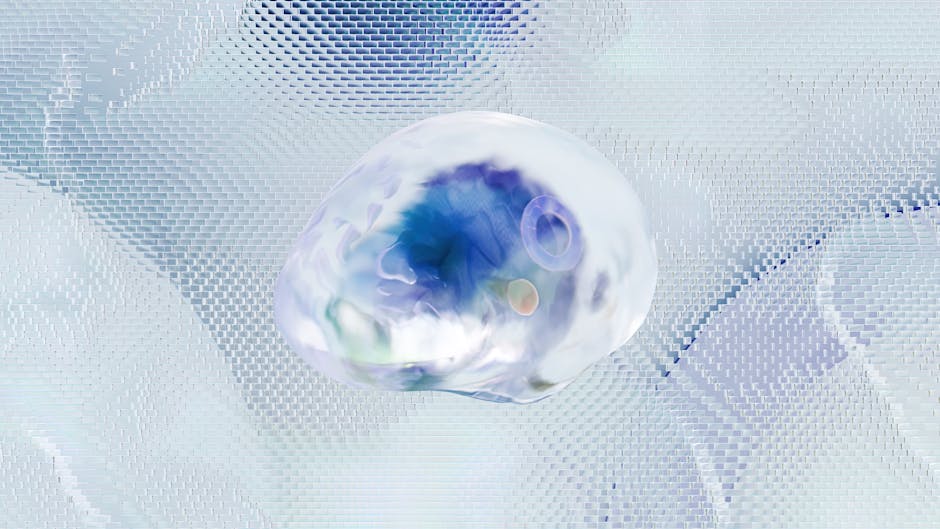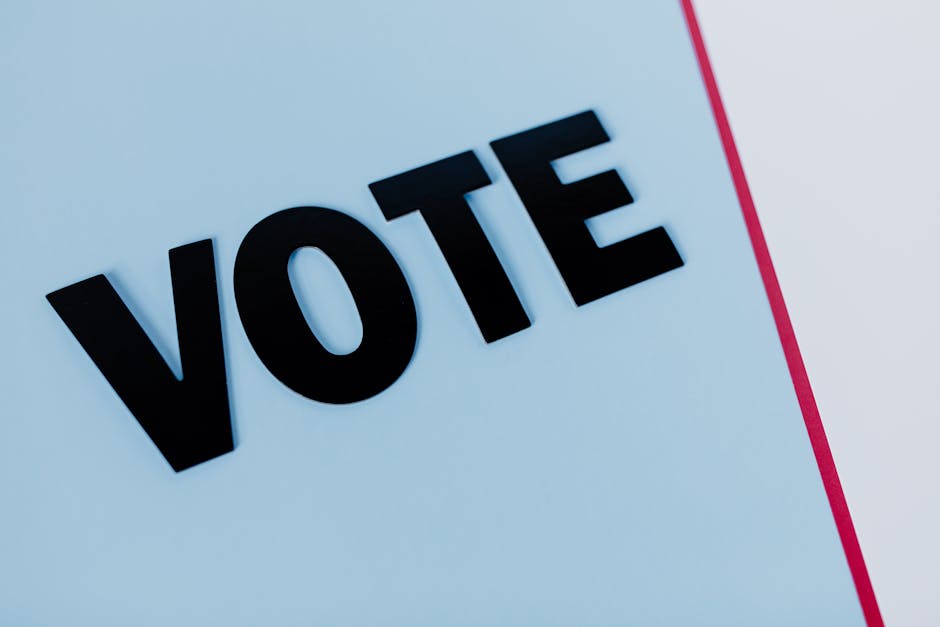Who Owns Your AI-Generated Art? Navigating Legalities in 2025
The meteoric rise of artificial intelligence (AI) is transforming the creative landscape, reshaping how art and content are produced, consumed, and valued. As algorithms churn out visually stunning paintings, written works, and intricate designs, a pivotal conversation emerges: who owns these AI-generated creations? The legal implications of AI-driven creative works challenge our understanding of copyright and intellectual property in ways that are both thrilling and unsettling. This article aims to unpack the complexities surrounding ownership rights, ethical concerns, and the potential legal obstacles that artists, developers, and users may encounter as we venture deeper into an AI-centric creative environment.
The Evolution of AI in Creative Spaces
Artificial intelligence has come a long way since its inception. In recent years, we've witnessed how machine learning algorithms can analyze vast datasets and replicate styles ranging from classical to contemporary art. Tools like OpenAI’s DALL-E and Google’s DeepDream showcase the beauty and complexity of AI-generated imagery, but they also raise significant questions about ownership and copyright.
As AI continues to evolve, so do the implications for creators. Traditional laws regarding copyright were crafted long before the digital age, let alone the era of machine-generated content. Today, we are at a crossroads: How do existing laws apply to works created by algorithms that learn from the vast expanse of human creativity?
Understanding Copyright Law in the Context of AI
Copyright law is fundamentally designed to protect the expressions of ideas—works that are original and fixed in a tangible medium. The question shifts when we consider whether AI can truly “create” something on its own. Under current laws in the U.S. and many other countries, only human authors can hold copyright to a work. This raises the classic dilemma: if an AI system generates a piece of art without direct human intervention, who retains ownership?
In 2025, we are witnessing ongoing legal debates, case studies, and potential amendments to legislation that recognize the intricacies of AI-generated works. The landmark case involving a monkey named Naruto, who famously took a selfie, highlighted the absurdity of current legislation. Can a non-human creator claim copyright? If not, what does that mean for artists using AI as a collaborative tool?
Ownership Rights: The Human Element
While the legal frameworks struggle to keep pace with technology, the question of authorship is heavily tied to human input. Most experts argue that a significant human contribution is necessary to claim ownership. This means that while an AI can generate art, a human must provide input, direction, or a creative vision to secure copyright.
Consider an artist who uses AI software to enhance their illustrations. In this scenario, the artist’s contribution remains vital for ownership rights, as they help curate and finalize the work. The same principle applies to developers who create AI programs to generate works—they must also be considered contributors if their work is representative of human creativity.
Ethical Considerations in AI-Generated Art
The emergence of AI art brings about ethical quandaries that no law can neatly address. For instance, there’s the matter of originality. If an AI is trained on thousands of existing artworks, how can it create something genuinely new? The line between inspiration and imitation blurs, leading us to ponder the moral responsibilities of creators.
There’s also an emotional dimension to consider. Art is often a reflection of human experience, culture, and identity. As machines become adept at producing aesthetically pleasing works, can we truly appreciate art created by an algorithm in the same way? Or does it strip away the essence of creativity and emotion that connects humans to their art?
Moreover, the rise of AI-generated content can lead to economic implications for traditional artists. With the capacity to produce art at an unprecedented scale, artists face heightened competition. It challenges not only the financial dynamics of the art world but also what we value as creativity and craftsmanship.
Potential Legal Challenges for Artists and Developers

As the landscape continues to evolve, artists and developers must navigate a series of legal challenges when working with AI-generated artworks. Here are several key considerations:
1. Copyright Ownership

The primary legal hurdle revolves around copyright. Artists using AI tools may find themselves in murky waters, particularly if the AI system generates a work that closely resembles existing ones. Artistic relevance must be examined, especially if the original artists decide to enforce their rights.
2. Licensing Agreements

When utilizing AI-generated works, both creators and end-users must engage in clear licensing agreements that delineate rights and usage. This is particularly true when third-party AI services produce content for clients. How those rights are conveyed and enforced will be vital in mitigating legal disputes.
3. AI Intelligibility

For legal systems to keep up, they must address the intelligibility of AI-generated works. If creators cannot educate the public or other stakeholders about how to attribute ownership and rights, the potential for disputes increases significantly. This might lead to specialized guidelines or regulatory frameworks for AI craftsmanship.
4. Ethical Protections

While legal frameworks play a role, there’s also a growing call for ethical protections in the realm of AI-generated art. Developers and artists should consider self-regulatory measures that prompt disclosures about AI's role in the creation of works. This transparency can build trust and preserve the integrity of both human and machine art.
Future Directions: How the Law May Adapt

As we look toward 2025, legal experts suggest that laws governing copyright and ownership for AI creations will eventually emerge. While we may not have concrete frameworks yet, casual conversations about AI's capabilities signal that lawmakers are beginning to take these issues seriously.
-
Legislation Specific to AI: Countries like the U.K. and E.U. are already proposing changes to intellectual property laws to accommodate the unique challenges posed by AI. Future legislation might embrace a dual-authorship model, recognizing both AI's role and human input.
-
Establishing AI as Co-Creator: Some argue that AI's unique nature necessitates recognition as a co-creator. This may open a realm of possibilities in terms of how ownership and copyright are treated, especially in collaborative environments.
-
Educational initiatives: Educating the next generation about the legal and ethical implications of AI-generated content will play a critical role. Schools and universities should integrate this into their curriculum to prepare future artists, developers, and policymakers.
-
Creating Best Practices: Collectively, the art community can help in drafting best practices for working with AI. By establishing norms around the ethics of attribution and licensing, creators can foster a more equitable space for innovative art.
Next Steps for Artists and Creators

As we journey further into the realm of AI, artists and creators must take proactive steps to protect their rights and foster ethical collaborations:
- Educate Yourself: Stay updated on changes to copyright law and intellectual property rights surrounding AI.
- Clarify Ownership: Ensure that any AI collaboration has clear agreements about ownership and licensing, potentially consulting with a legal professional specializing in intellectual property.
- Embrace Ethical Practices: Consider incorporating ethical practices into your work by being transparent about the role AI plays in your creations and acknowledging any influences from existing works.
Final Thoughts
The rise of AI-driven creative works challenges the boundaries of copyright and ownership, igniting debates that are reshaping the legal landscape in unprecedented ways. As we look to the future, one thing remains clear: collaboration between humans and machines holds immense potential, but navigating these new waters will require a blend of legal consciousness, ethical consideration, and creative vision. As we forge ahead in this dynamic environment, staying informed and adaptable will help creators thrive in the intersection of technology, art, and law.







